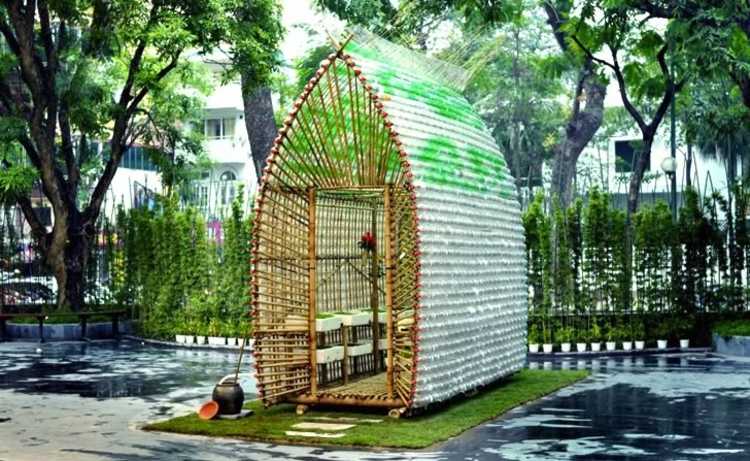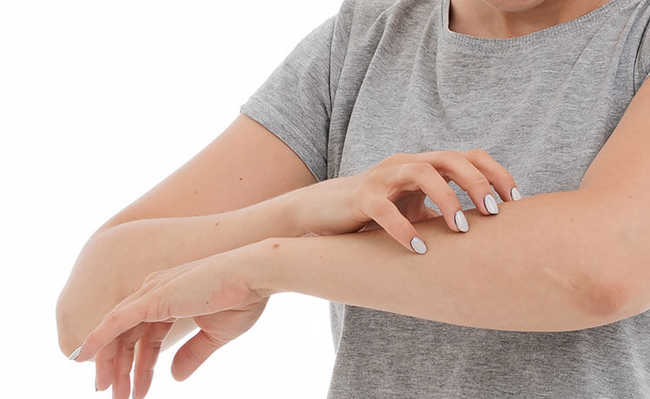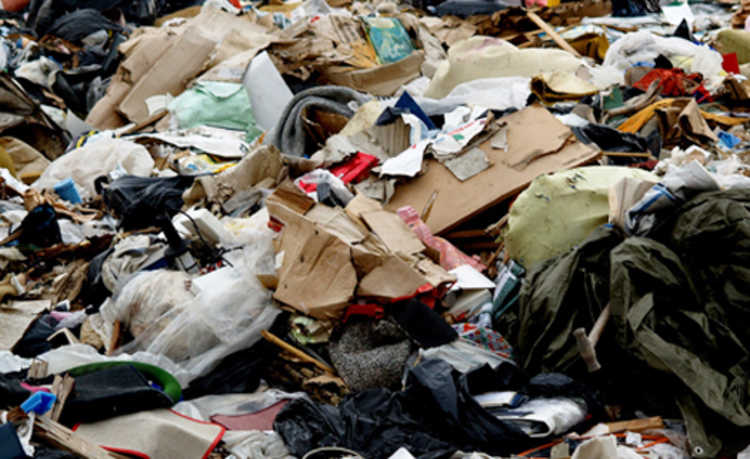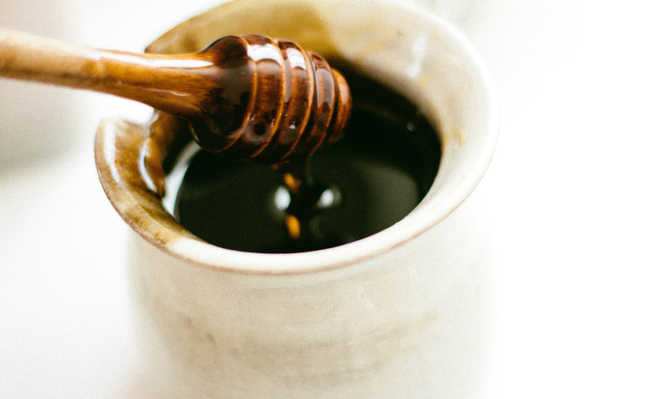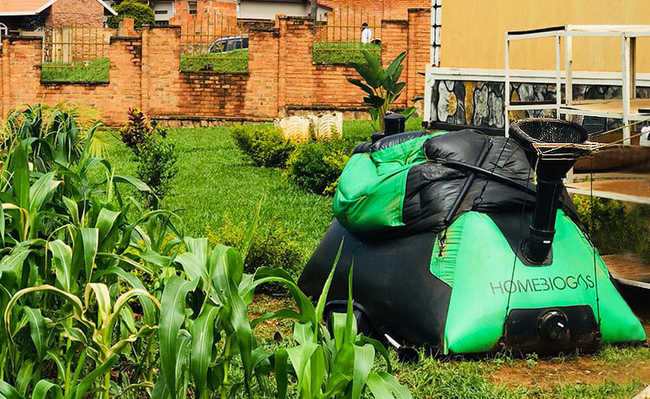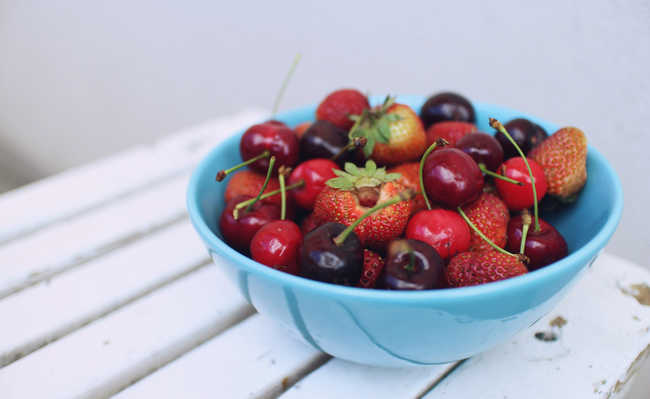Architect develops sustainable brick that helps reduce carbon impact on construction
40% of global CO2 emissions are linked to the construction industry, mainly due to exhaustive material production and disposal processes.

Bricks are used in about 80% of global construction, with 1.23 trillion units produced each year worldwide. Fabrication is an ancient practice and encompasses a wide variety of methods. Low-tech modes often rely on burning hazardous materials and end up producing extreme forms of pollution, resulting in respiratory illnesses for the worker. Even the most modern methods remain dependent on fossil fuels and result in the maintenance of carbon dioxide emissions.
Traditional masonry units made with clay bricks are created in a process that often uses firewood. Thus, they end up being responsible for approximately 800 million tons of global carbon dioxide emissions each year, being larger than the global aviation fleet.
But, there is a search for sustainable alternatives. The architect Ginger Dosier developed the bioMason , a technology that manufactures bricks using microorganisms for use in construction. The cementation process is carried out at ambient temperatures, and hardened brick requires less than five days to form, and has comparable strength, production time and costs to clay bricks; and that is why it presents itself as a safer, cleaner and more effective alternative, according to the creator.
These bricks use three components in their manufacture: aggregates, biological and raw materials of nutrients and minerals. Usable aggregates consist of particles ranging from sand, recycled mass, sand dune and even coal dust. Biologicals are natural bacteria responsible for inducing cement formation. And raw materials are the abundant global resources, but they can also be extracted from industrial waste.
The purpose of bioMason is to reduce global CO2 emissions, allowing masonry manufacturers to incorporate this technology into existing production lines.
According to Ginger, her inspiration came from the book “Biomimetics: Innovation Inspired by Nature”, by author Janine Benyus. This area of science, called biomimetics, seeks to study the strategies used by nature to create solutions to humanity's current problems. In this case, the breeder was fascinated by how shells and corals are able to form strong biocements at room temperature without polluting the surrounding environment, while locally being a source of necessary materials.
Check out the video below (in English) of Ginger's lecture for more details.




